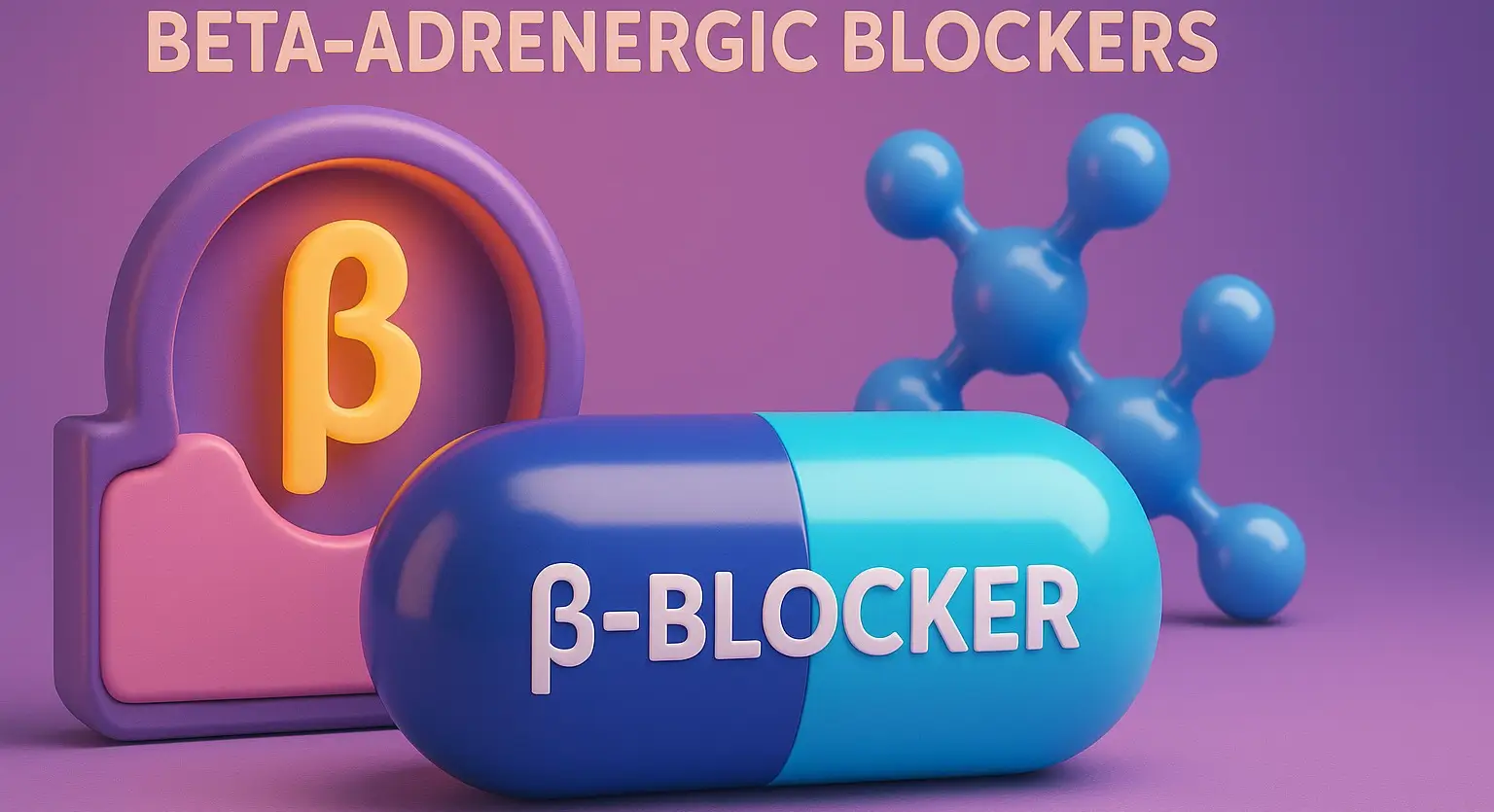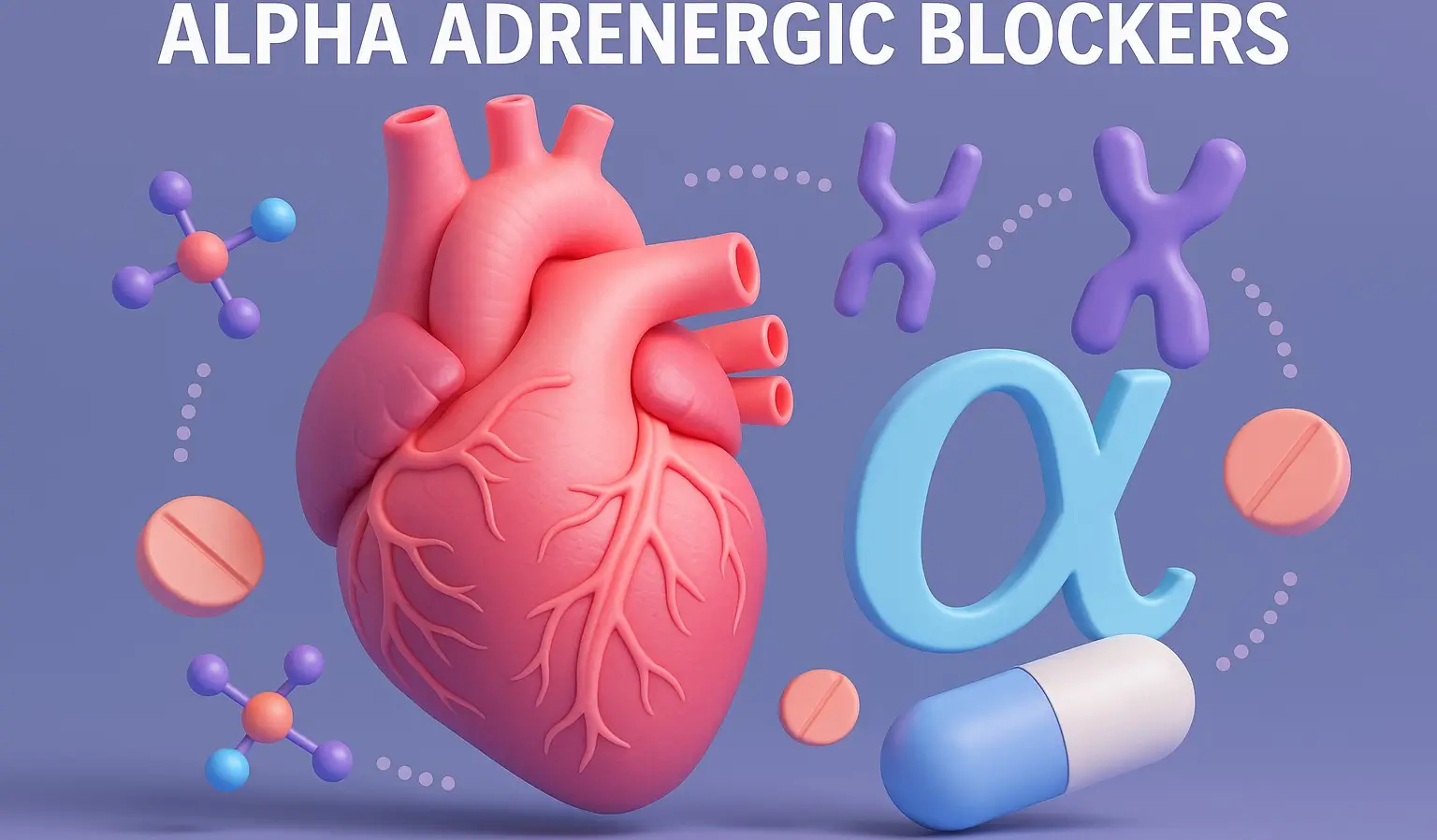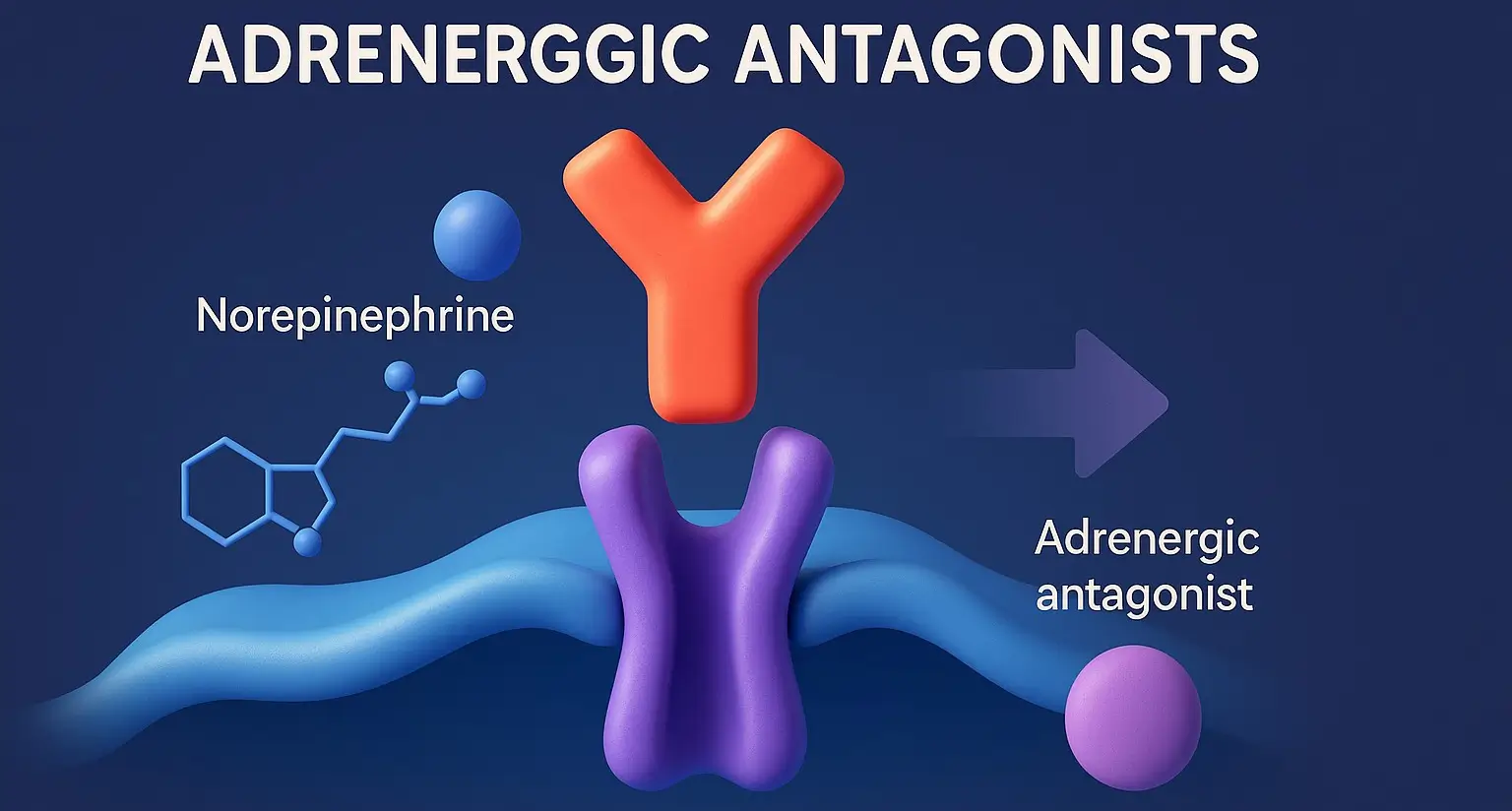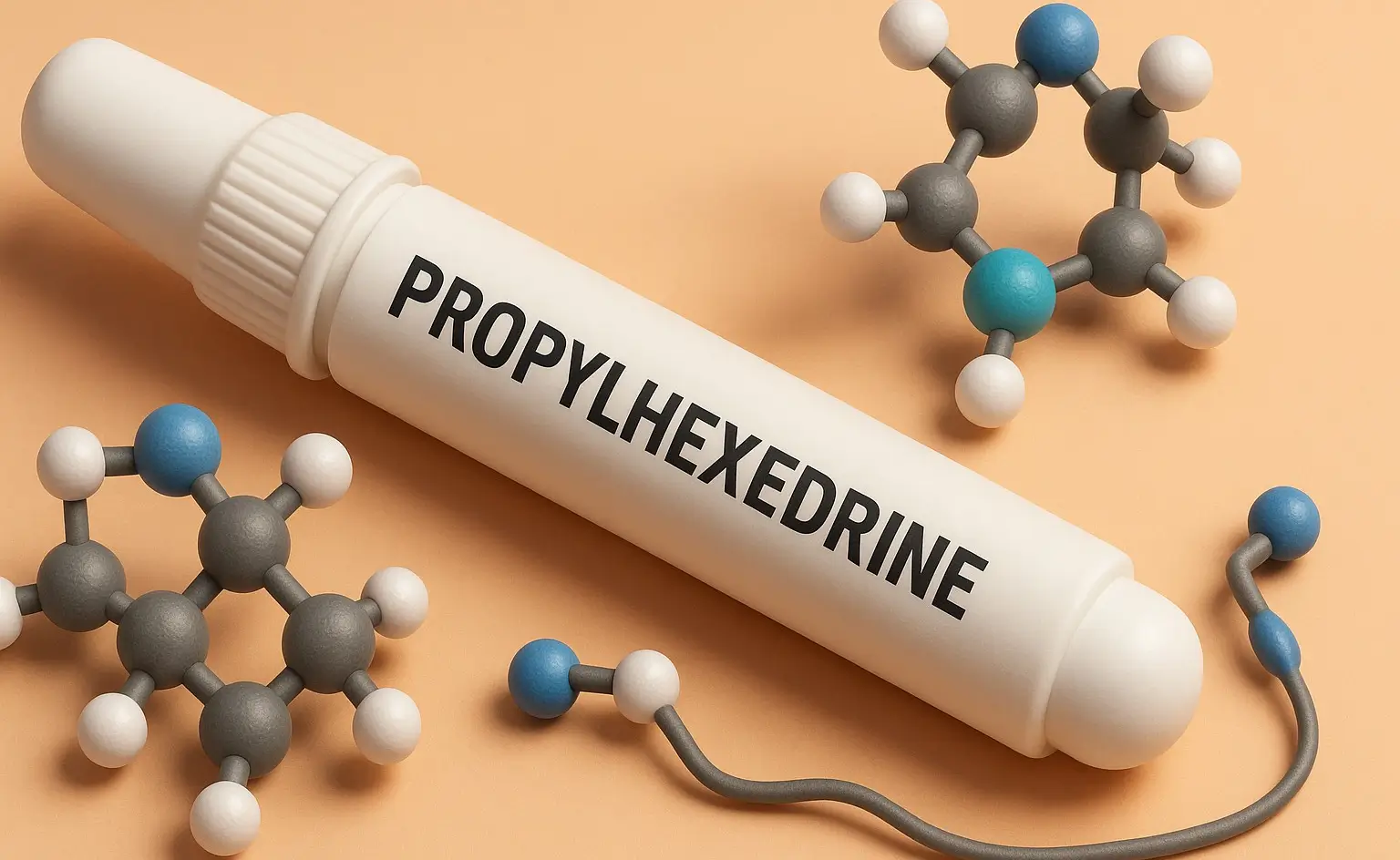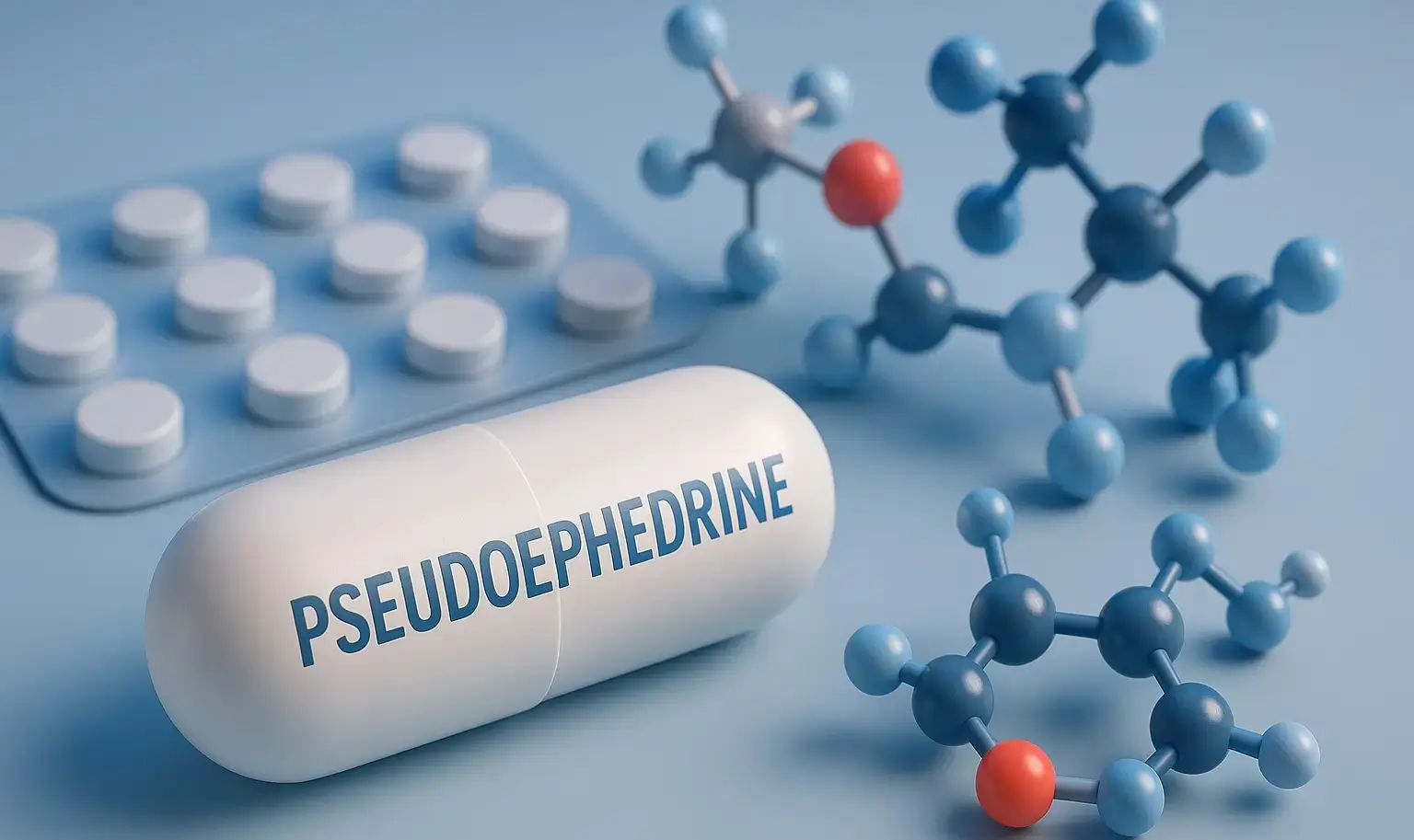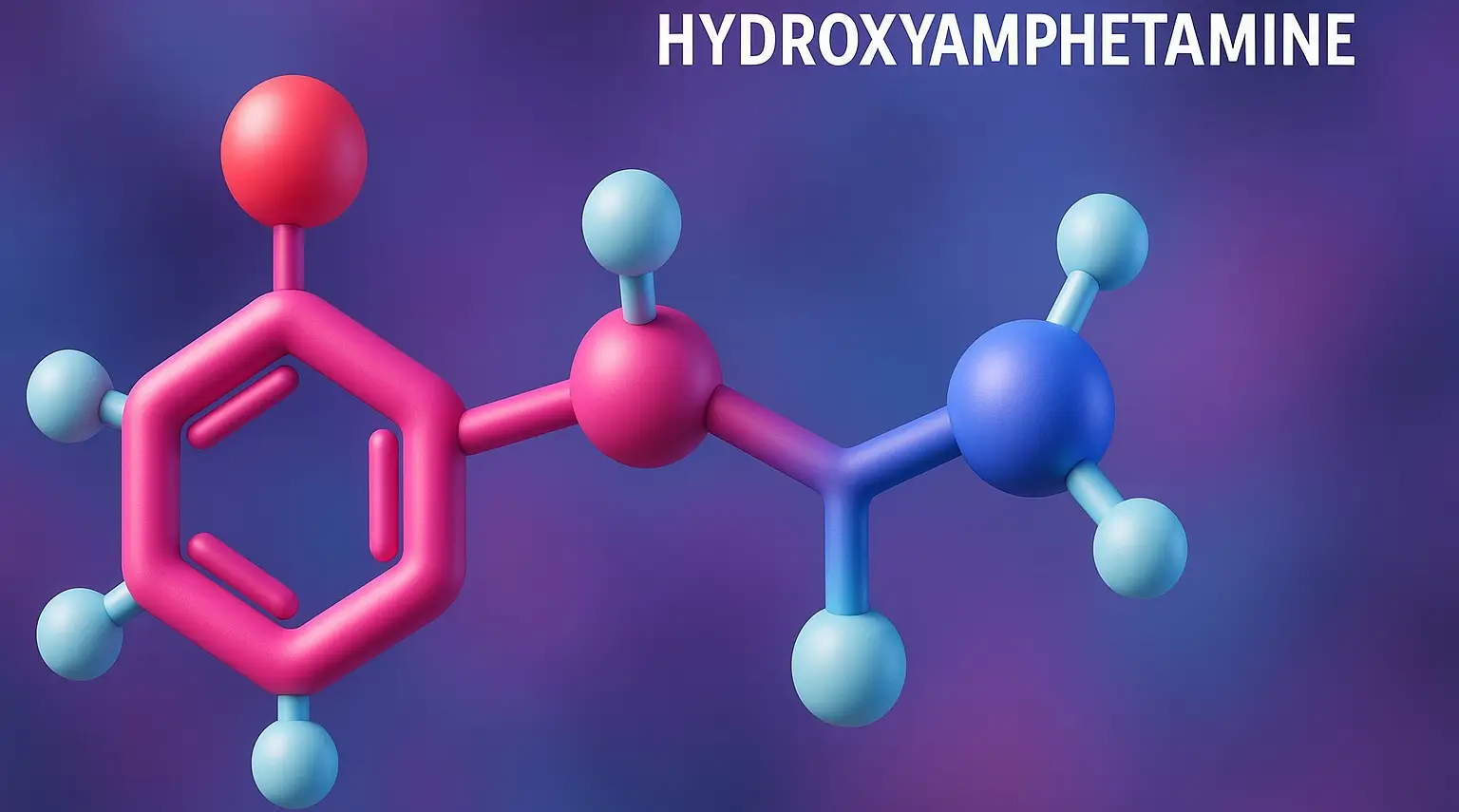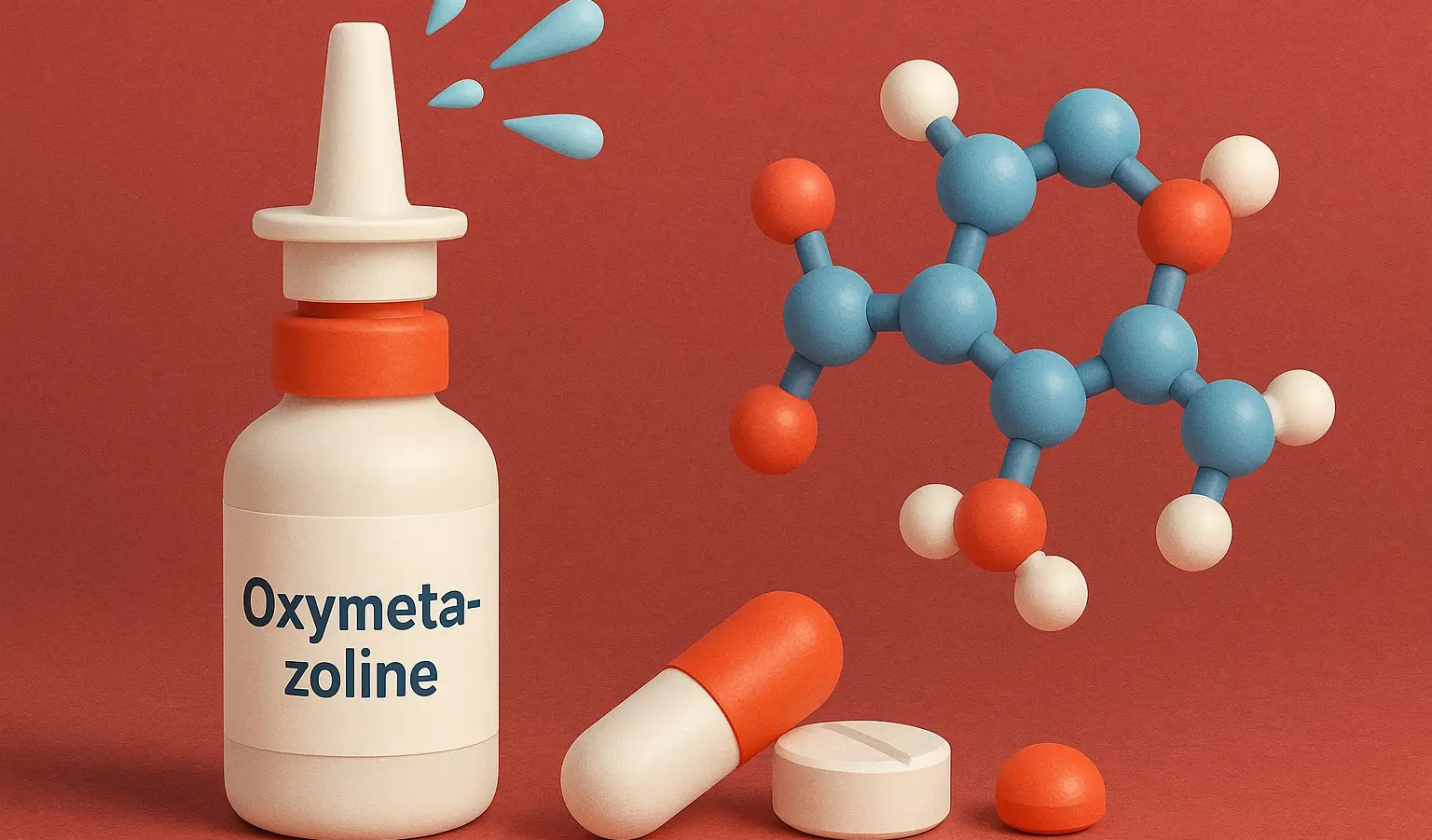Tolazoline
Tolazoline is a vasodilator drug primarily used to treat peripheral vascular diseases and sometimes as an antidote for vasoconstrictor overdoses, such as in cases of ergot poisoning or severe hypertension due to vasoconstrictive agents. It works by blocking alpha-adrenergic receptors, leading to relaxation of blood vessels and improved blood flow. Chemical Structure & Formula: Tolazoline … Read more


